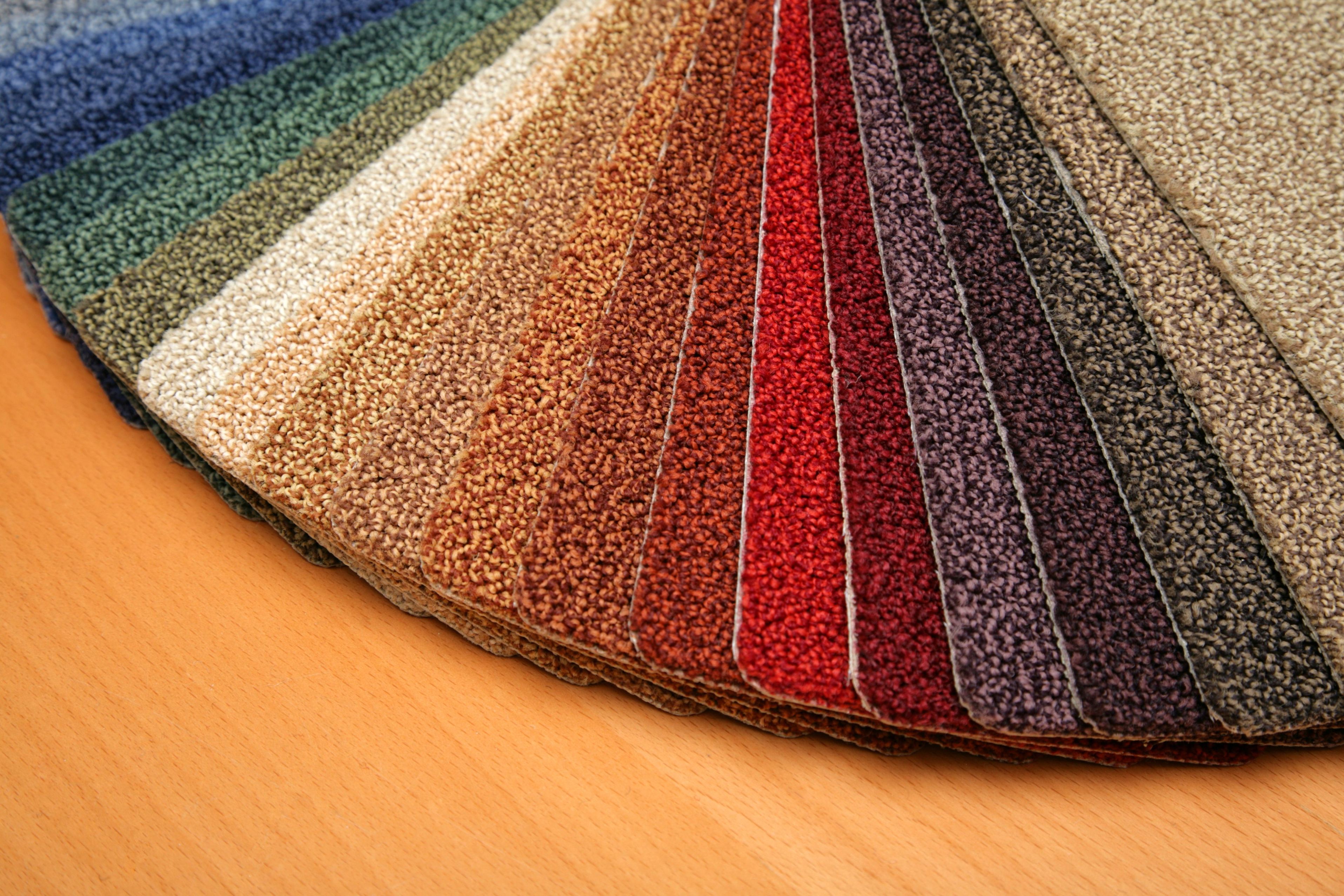Despite efforts to maintain the upmost standards of cleanliness, hospitals are actually some of the most germ-ridden facilities around. And, with the constant inflow of people harboring every kind of germ imaginable, it is practically impossible for a hospital to ensure that any area is completely sterile or sanitary. Among the biggest culprits in the transmission of bacteria throughout any healthcare facility are privacy curtains. A study conducted by the University of Iowa Hospital indicated that even newer privacy curtains can become significantly contaminated in a short amount of time. In that study, found that once new curtains were put in place, nearly 100% of them were contaminated with dangerous bacteria within the first week.
Among the bacteria found in the privacy curtains were staph, urinary tract bacteria known as Enterococcus, and meningitis. Because hospital staff frequently handles privacy curtains without wearing gloves and/or without washing their hands, privacy curtains can contribute to the spread of sickness and disease in a most innocuous fashion. It is not unreasonable for patients to insist that doctors, nurses, and other hospital staff wash their hands after touching any privacy curtains before allowing that healthcare professional to touch them.
If you have any responsibility for your hospital’s privacy curtains, however, there are some other solutions available besides insisting that staff wash their hands frequently. The first is to treat privacy curtains the same as you would any type of hospital bedding. In other words, it should be washed frequently. In the best of all possible worlds, curtains would be swapped out with each new patient, but in many facilities that is not always possible. There are, however, some effective alternatives.
One way to ensure that your privacy curtains do not become breeding grounds for bacteria is to acquire privacy curtains that are germ resistant. There are many manufacturers of privacy curtains that are now including germ resistant and antibacterial solutions in the curtains themselves. These curtains are helpful in stemming the spread of bacteria, but there will come a time when the solutions are no longer effective and the privacy curtains will need frequent laundering just as your current curtains do now. The other option is disposable privacy curtains that can be routinely swapped out to keep contamination at a minimum.
Whatever option is utilized for privacy curtains in your healthcare institution, one thing is certain, stopping the spread of bacteria and seeking the most hygienic space possible must be a number one priority for your doctors, your nurses, and all of your staff. Providing privacy curtains, that have the potential to be the most germ free, is one way to help that effort.


